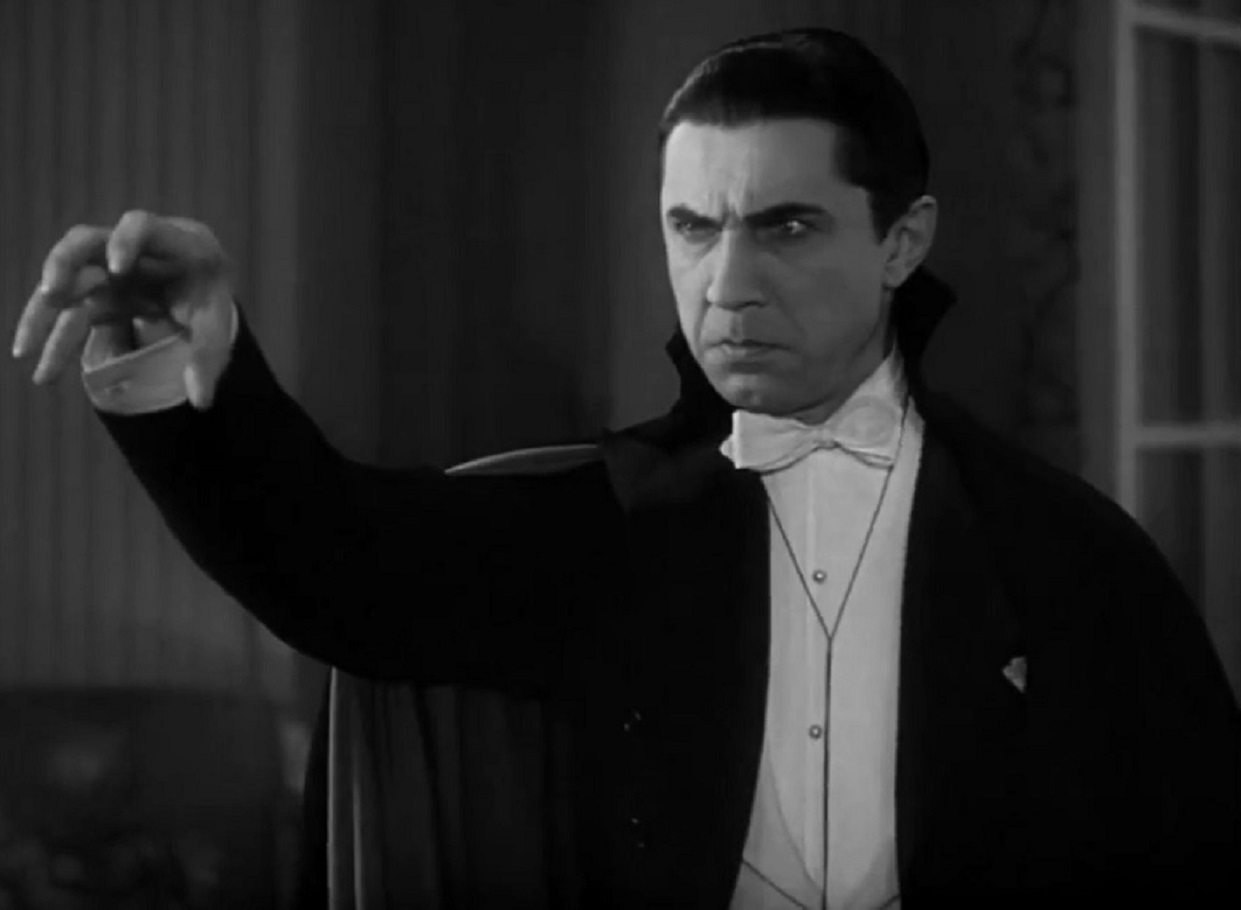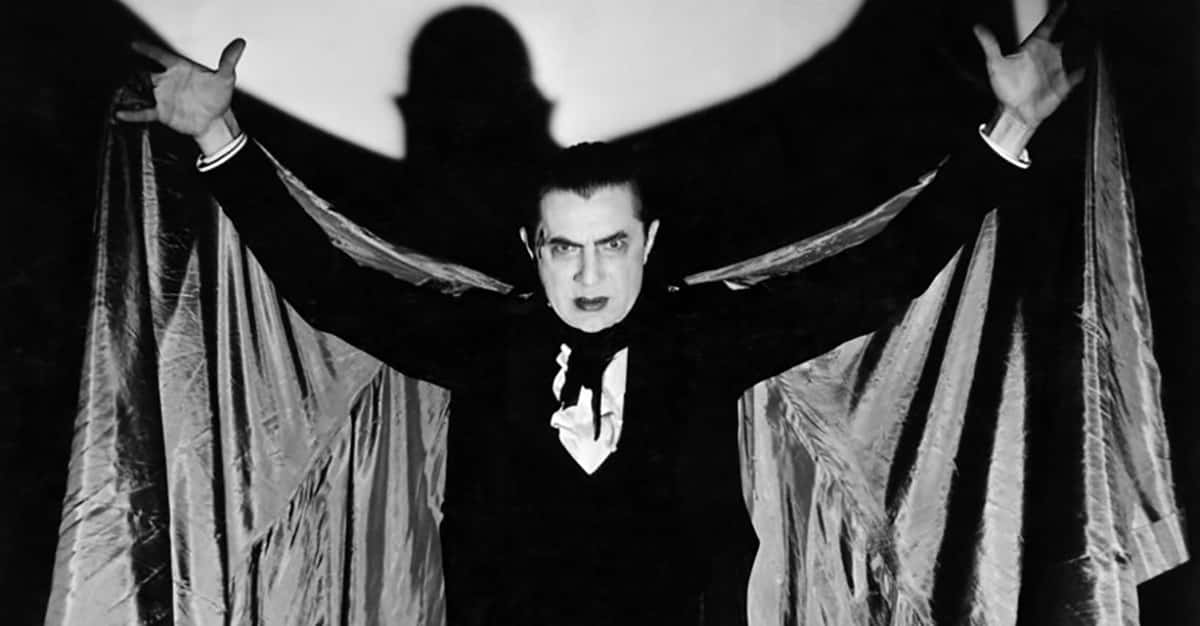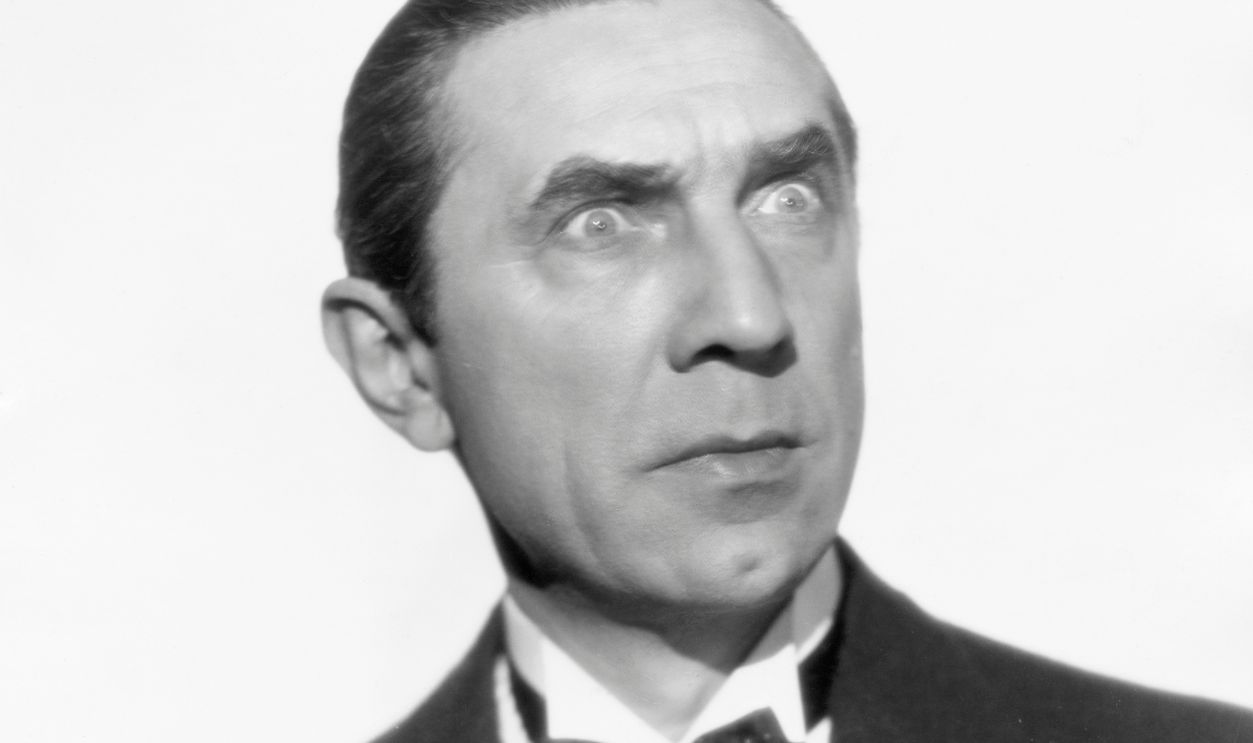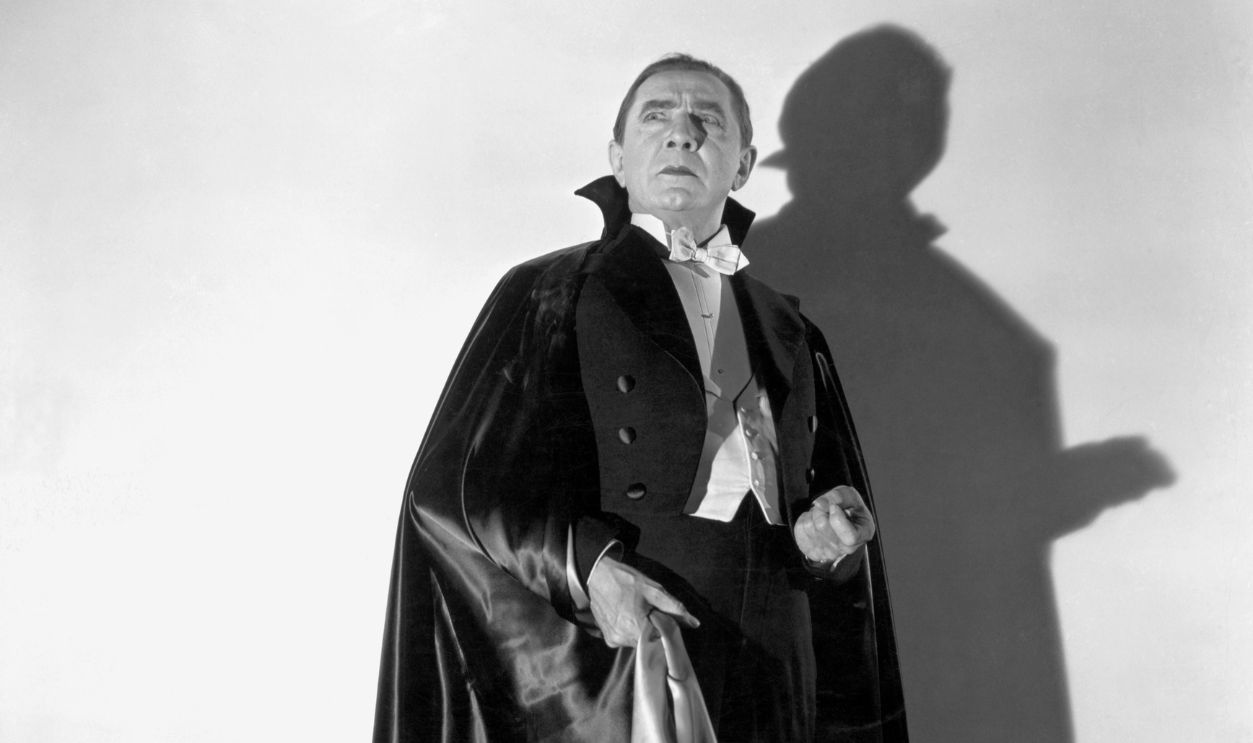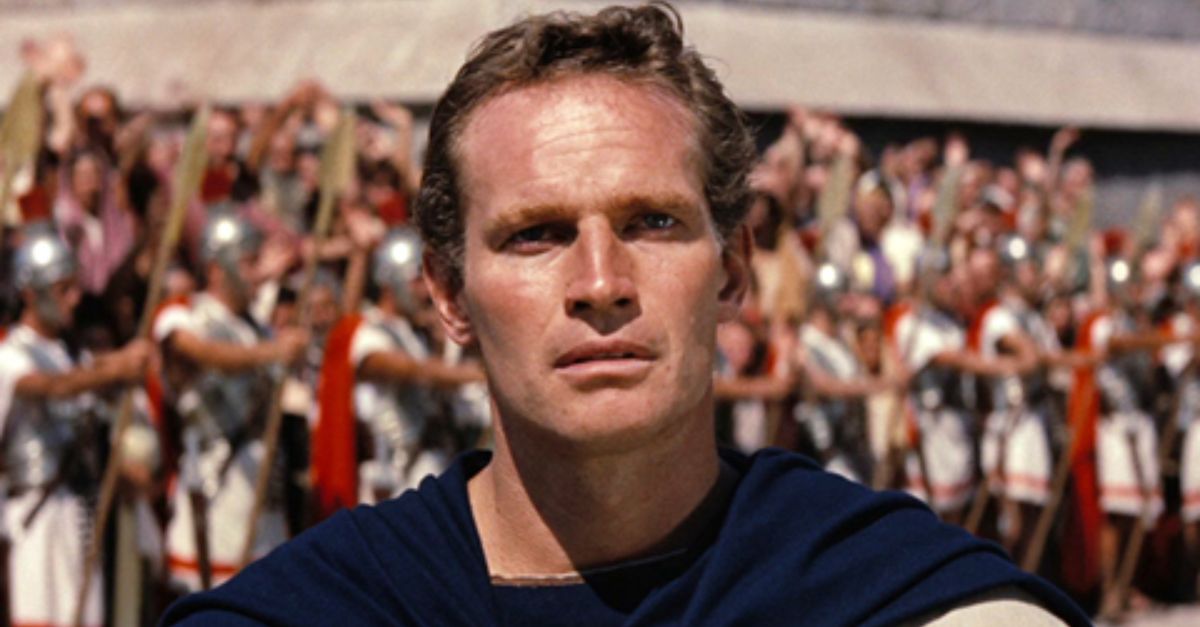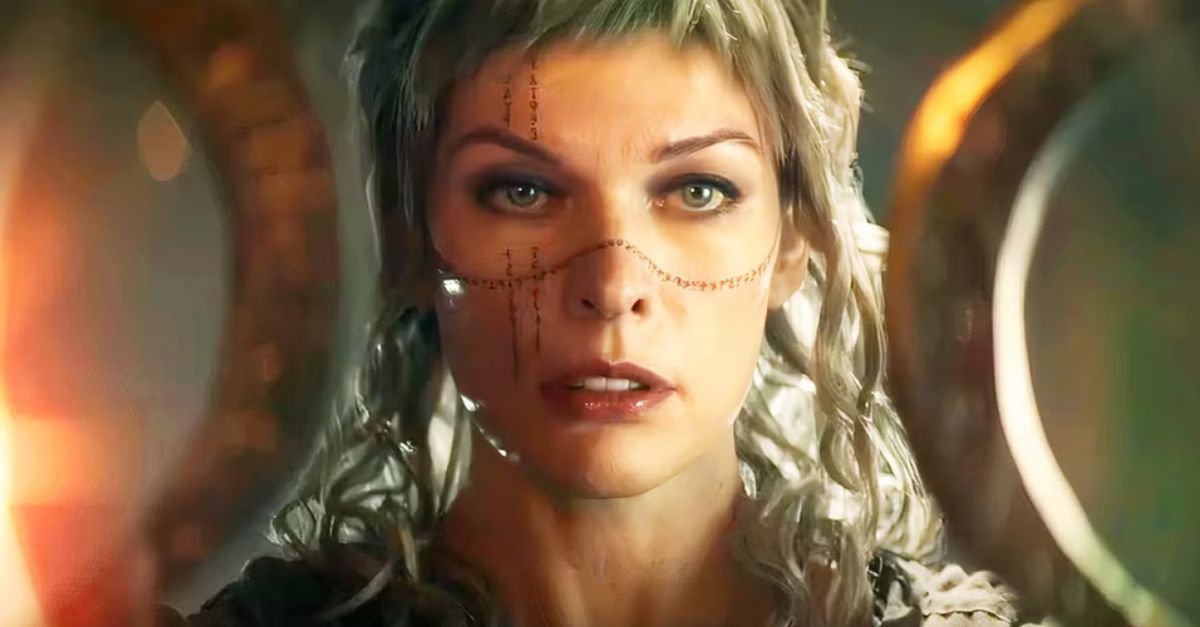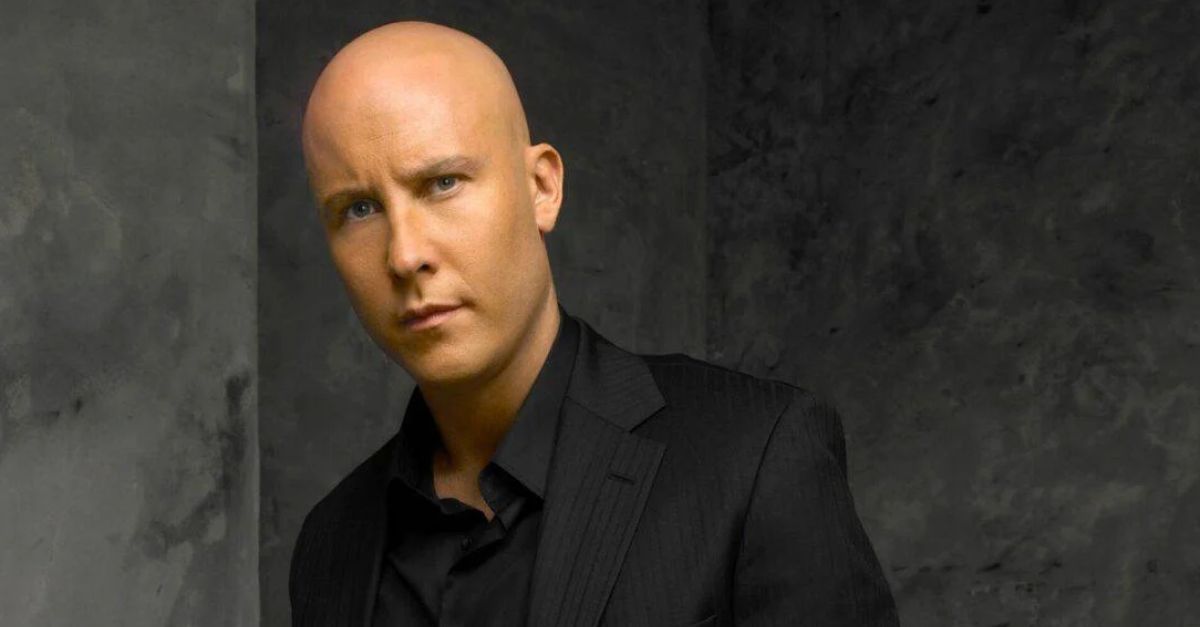The Man Who Created Dracula
Before he became synonymous with Dracula, Bela Lugosi was Béla Blaskó, a Hungarian soldier, political exile, and stage performer whose journey from war-torn Europe to Hollywood stardom was a reflection of the turbulence of the twentieth century. His life blended art, exile, ambition, and the haunting shadow of his own legend.
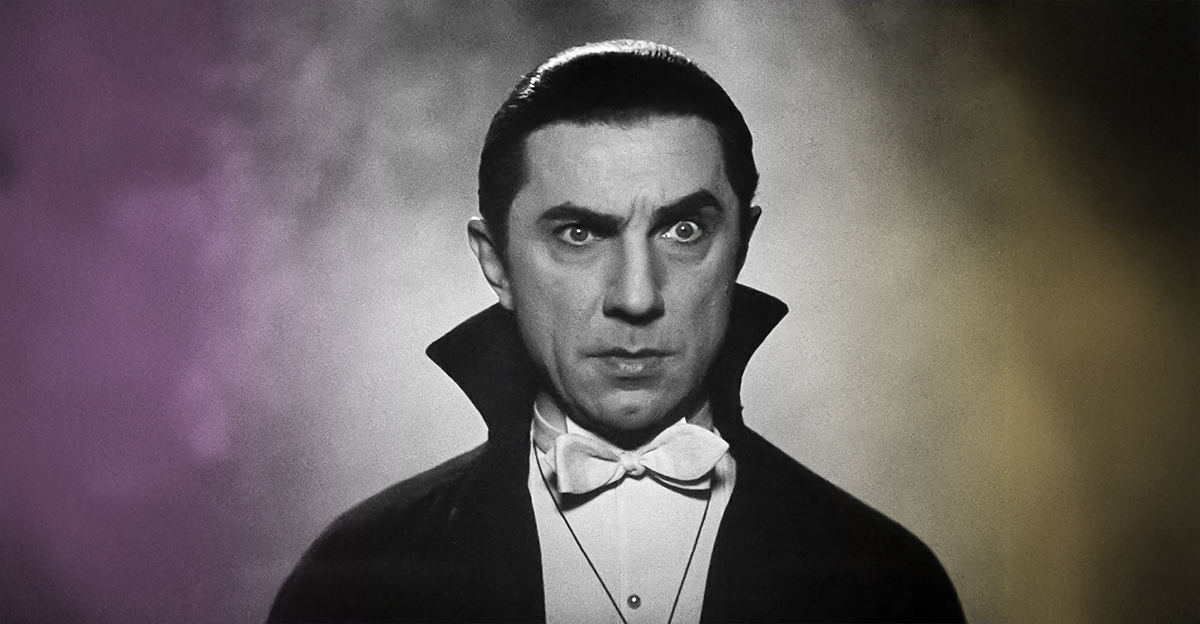
A Legend Born in Lugos
Béla Ferenc Dezső Blaskó was born in 1882 in Lugos, a small town in the Austro-Hungarian Empire. His father was a banker, his mother a homemaker. The family’s modest middle class prosperity gave young Béla a secure start, but it also fueled a restless imagination that would later shape his destiny.
 THE REAL DRACULA (Full Documentary) - Bela Lugosi, Janson Media
THE REAL DRACULA (Full Documentary) - Bela Lugosi, Janson Media
Growing Up Between Two Worlds
The town of Lugos lay at the confluence of three different cultures; Hungarian, Romanian, and German, creating a melting pot that shaped Lugosi’s personal identity. This borderland existence perhaps explains why Lugosi later said he never felt fully at home anywhere. Even as a boy, he dared to dream of one day escaping to a life in performance, leaving behind the mundane life of banking and family duties.
 THE REAL DRACULA (Full Documentary) - Bela Lugosi, Janson Media
THE REAL DRACULA (Full Documentary) - Bela Lugosi, Janson Media
Rebellious Teenager
At just twelve, Béla ran away from school to pursue acting, in open rebellion against his father’s wishes. He hooked up with traveling theater troupes across Transylvania, taking small roles in local productions. His early defiance was only the beginning of a lifelong pattern of Lugosi’s. A bohemian at heart, he would always chase freedom over personal comfort.
 Nicholas Ház, Wikimedia Commons
Nicholas Ház, Wikimedia Commons
The Allure Of The Hungarian Stage
By 1902, Lugosi was performing regularly at provincial theaters under the name Arisztid Olt. He soon earned himself a treasured place at the National Theatre of Budapest, the most prestigious stage in Hungary. The young actor’s dark intensity and brooding presence made a big impression with audiences and critics alike.
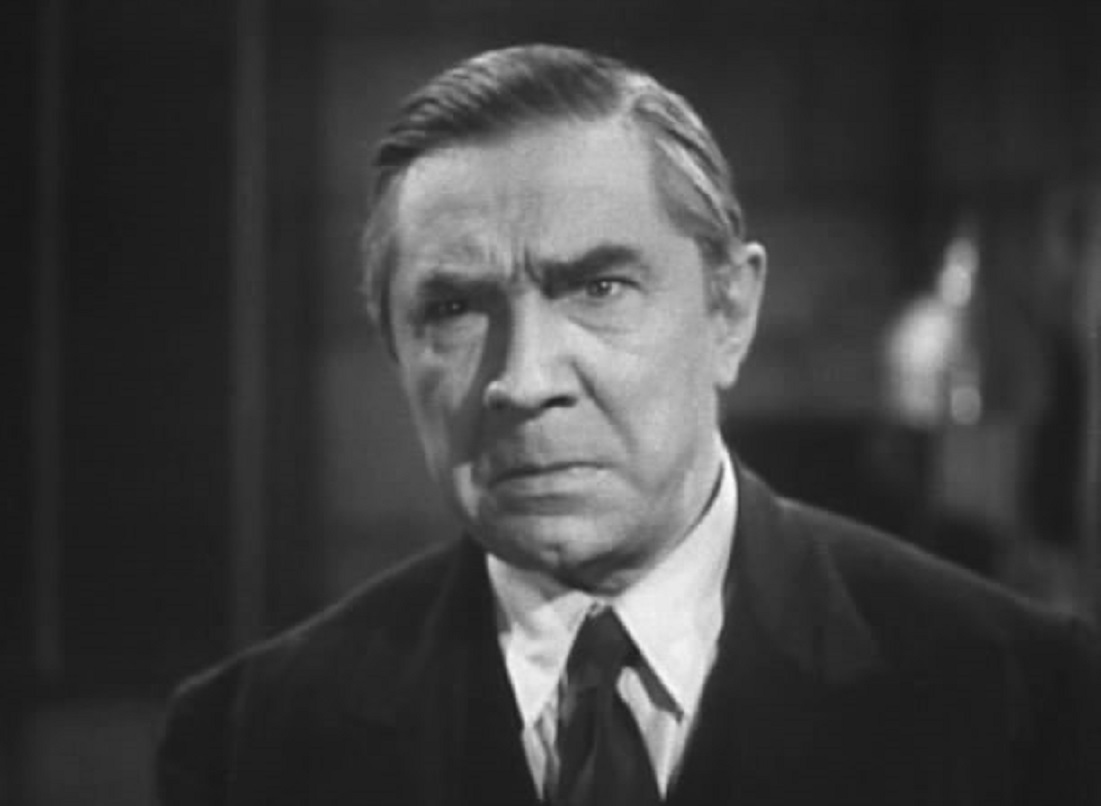 Producers Releasing Corporation, Wikimedia Commons
Producers Releasing Corporation, Wikimedia Commons
From Romantic Hero to Revolutionary
While Lugosi enjoyed these early successes onstage, political turmoil was growing within the multiethnic empire of Austria-Hungary. The devastation of WWI and the disillusionment that came after it radicalized him. He got involved in labor organizing within the actors’ union, pushing for better wages and conditions for the performers.
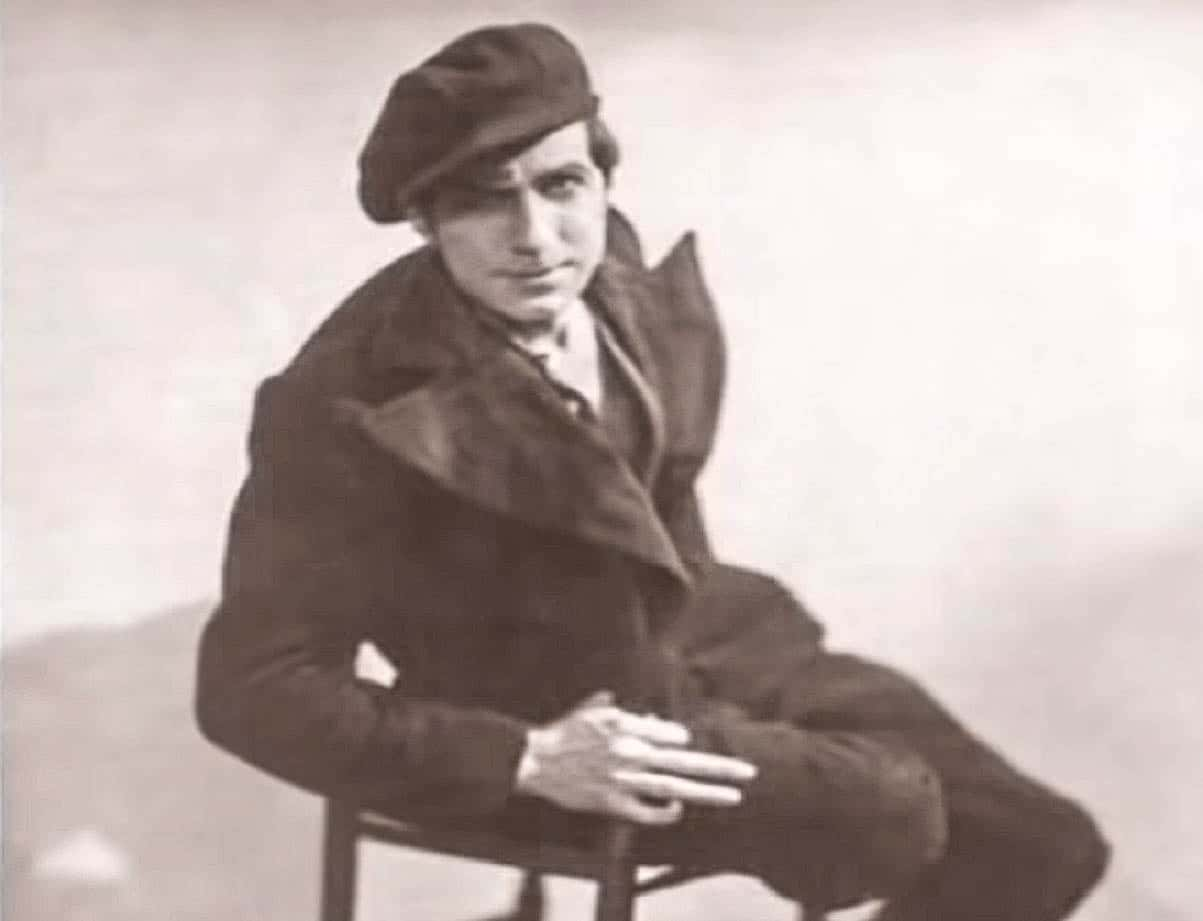 THE REAL DRACULA (Full Documentary) - Bela Lugosi, Janson Media
THE REAL DRACULA (Full Documentary) - Bela Lugosi, Janson Media
Soldier And Survivor
During WWI, Lugosi served as an infantry lieutenant in the Austro-Hungarian army. He fought on the Russian front, was wounded, and decorated for bravery. The horrors he witnessed in the trenches would leave him with lifelong trauma and a longing to put it all behind him .
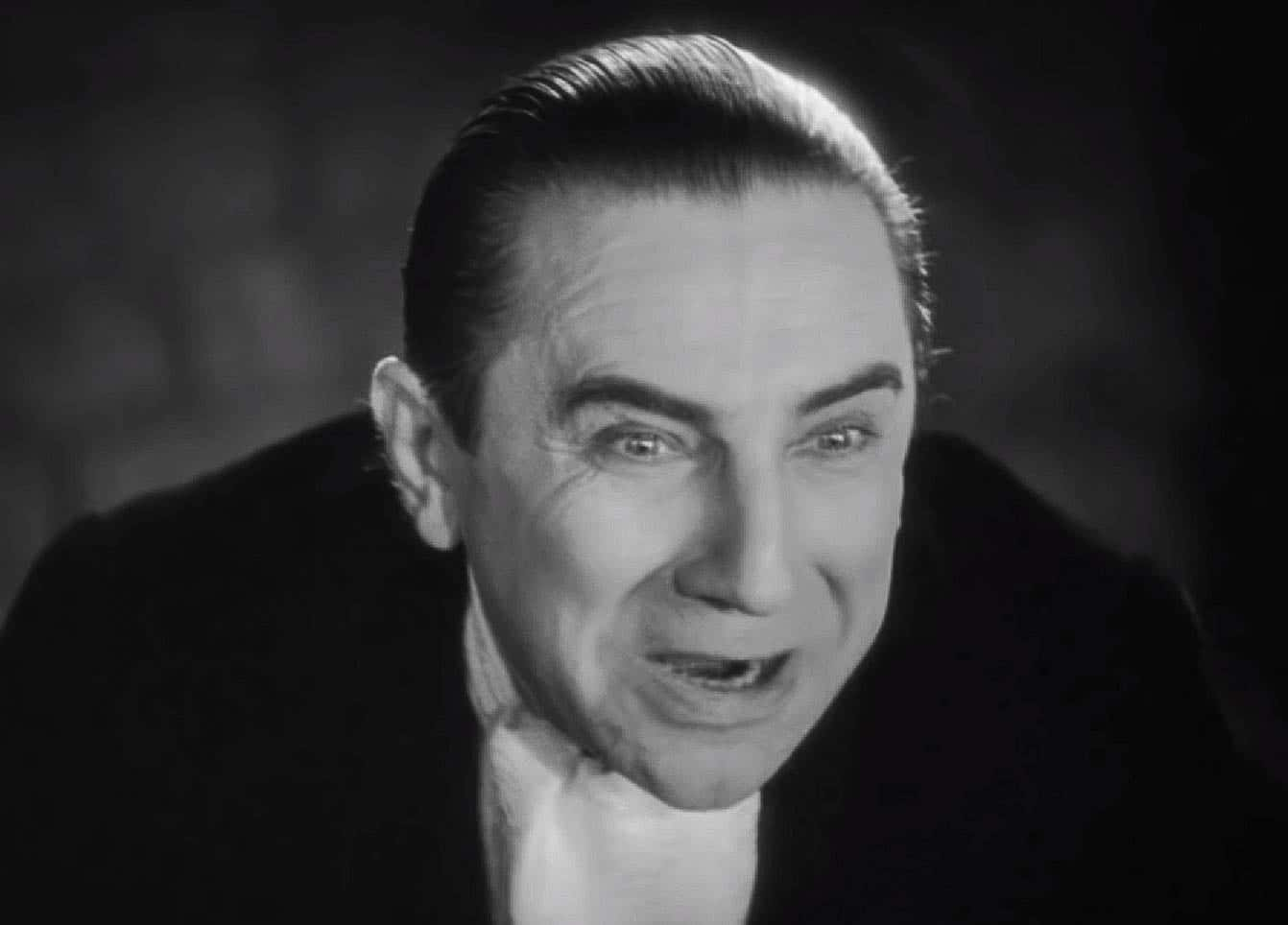 THE REAL DRACULA (Full Documentary) - Bela Lugosi, Janson Media
THE REAL DRACULA (Full Documentary) - Bela Lugosi, Janson Media
He Came Back To A Nation In Chaos
After the war, Lugosi finally made his way back to a broken Hungary. The monarchy had collapsed, and the short-lived Hungarian Soviet Republic took power in 1919. Lugosi aligned himself with the communist government of Béla Kun, believing in its promise of equality and justice.
 Silver Screen Collection, Getty Images
Silver Screen Collection, Getty Images
Actor Turned Union Leader
As a union organizer, Lugosi helped found the National Trade Union of Actors, one of Europe’s first professional guilds for performers. His activism drew attention from conservative elements, who labeled him a revolutionary troublemaker. The backlash was so strong that it drove him into exile.
He Was Forced to Flee
The repression of the communist government in Hungary soon turned the population against it. The conservative-backed regime of Miklos Horthy seized power, and began hunting down leftists for severe retribution. Lugosi’s name appeared on political blacklists. Faced with possible imprisonment, or far worse, he fled to Vienna, leaving behind his wife, family, and the entire career he had built in Budapest.
 Producers Releasing Corporation, Wikimedia Commons
Producers Releasing Corporation, Wikimedia Commons
The Exile’s Journey
In Vienna, Lugosi lived under various assumed names, doing whatever jobs he could find. He continued to perform in small theaters and silent films to survive. Each new role took him farther from home, both geographically and emotionally, but he was now on the path to becoming the legend that is Bela Lugosi. And he was about to take an even bigger gamble to make it happen.
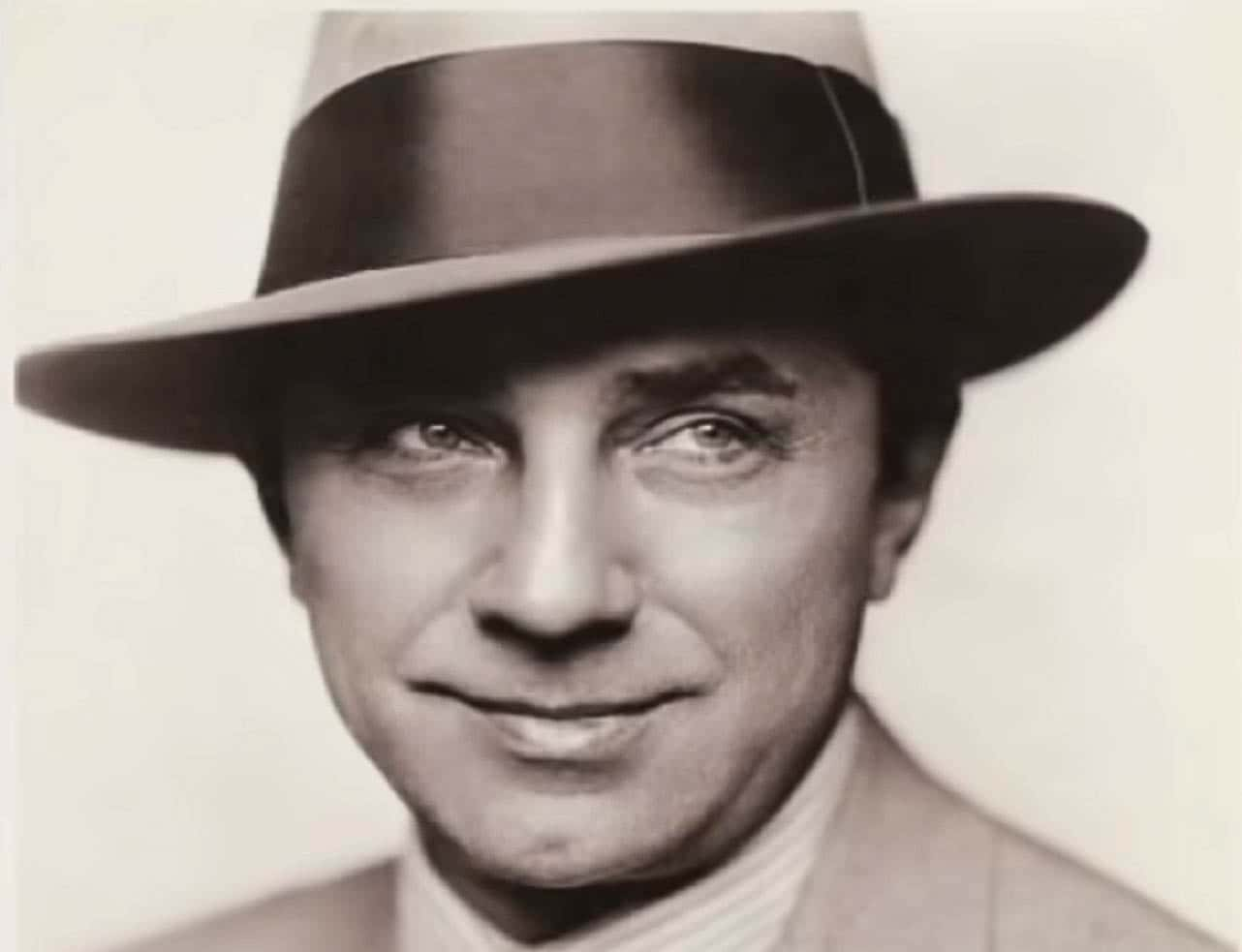 THE REAL DRACULA (Full Documentary) - Bela Lugosi, Janson Media
THE REAL DRACULA (Full Documentary) - Bela Lugosi, Janson Media
Escape by Sea
In 1920, Lugosi made his most daring move yet, boarding a merchant ship bound for the United States. The voyage was long and uncertain, with no promise of success. Lugosi arrived in New Orleans with very little money in his pocket, no English, but a determination forged by war and loss.
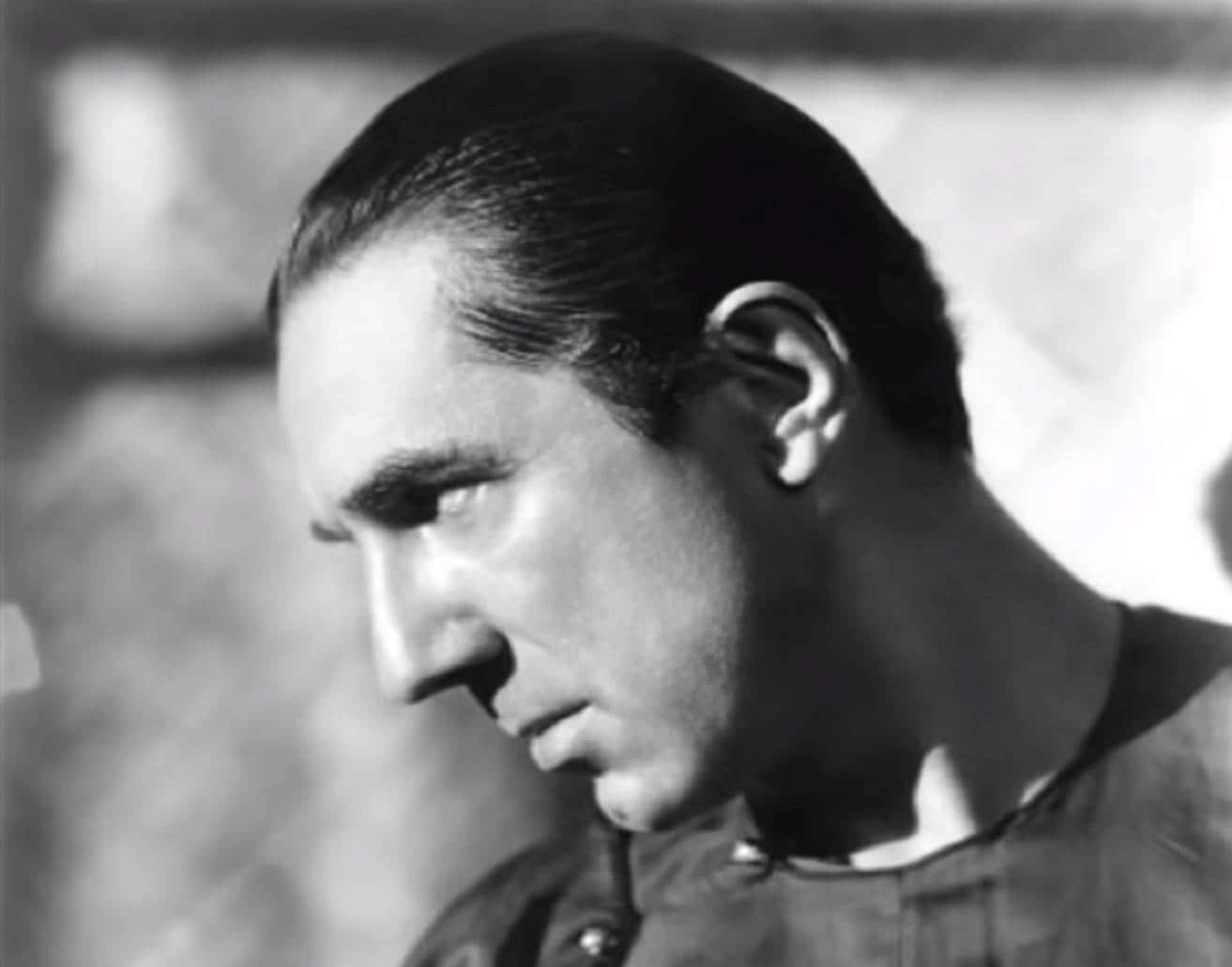 THE REAL DRACULA (Full Documentary) - Bela Lugosi, Janson Media
THE REAL DRACULA (Full Documentary) - Bela Lugosi, Janson Media
Reinventing Himself In America
Lugosi made his way to New York City, where he joined a small but close-knit community of Hungarian émigrés. Lugosi found work in immigrant theaters, performing classic Hungarian plays for the enjoyment of expatriate audiences who understood his language and his longing to succeed in a new country.
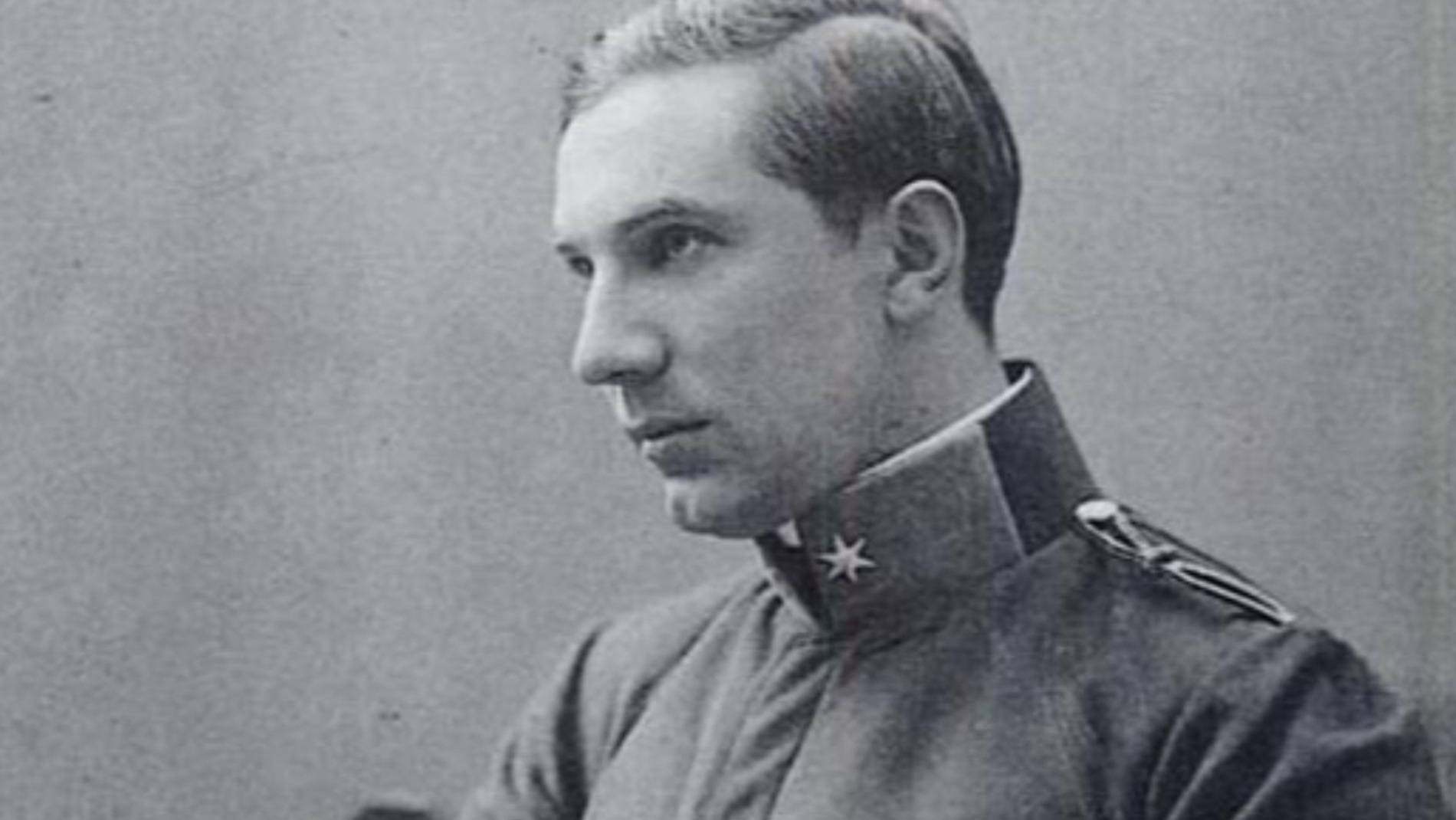 Unknown authorUnknown author, Wikimedia Commons
Unknown authorUnknown author, Wikimedia Commons
Silent Beginnings
By 1923, Lugosi appeared in his first American silent film, The Silent Command, playing a foreign saboteur. His piercing gaze and striking aristocratic bearing made him a natural fit for silent melodrama, even if it restricted him to exotic roles.
 THE REAL DRACULA (Full Documentary) - Bela Lugosi, Janson Media
THE REAL DRACULA (Full Documentary) - Bela Lugosi, Janson Media
Haunted By His Homeland
Lugosi was already on a path to success, but deep down he was haunted by the loss of his homeland and the familiar people and places he’d left behind. He never saw his first wife again and never returned to Hungary. Friends later recalled Bela speaking nostalgically of Lugos and the countryside, always with a touch of sorrow of what he’d given up to get where he was.
Building a Persona
In the 1920s, Lugosi refined his signature look: slicked hair, measured diction, and an aura of controlled menace. These traits weren’t inventions, but were born from his military discipline, theatrical training, and the survival instinct of a man who’d fled death twice.
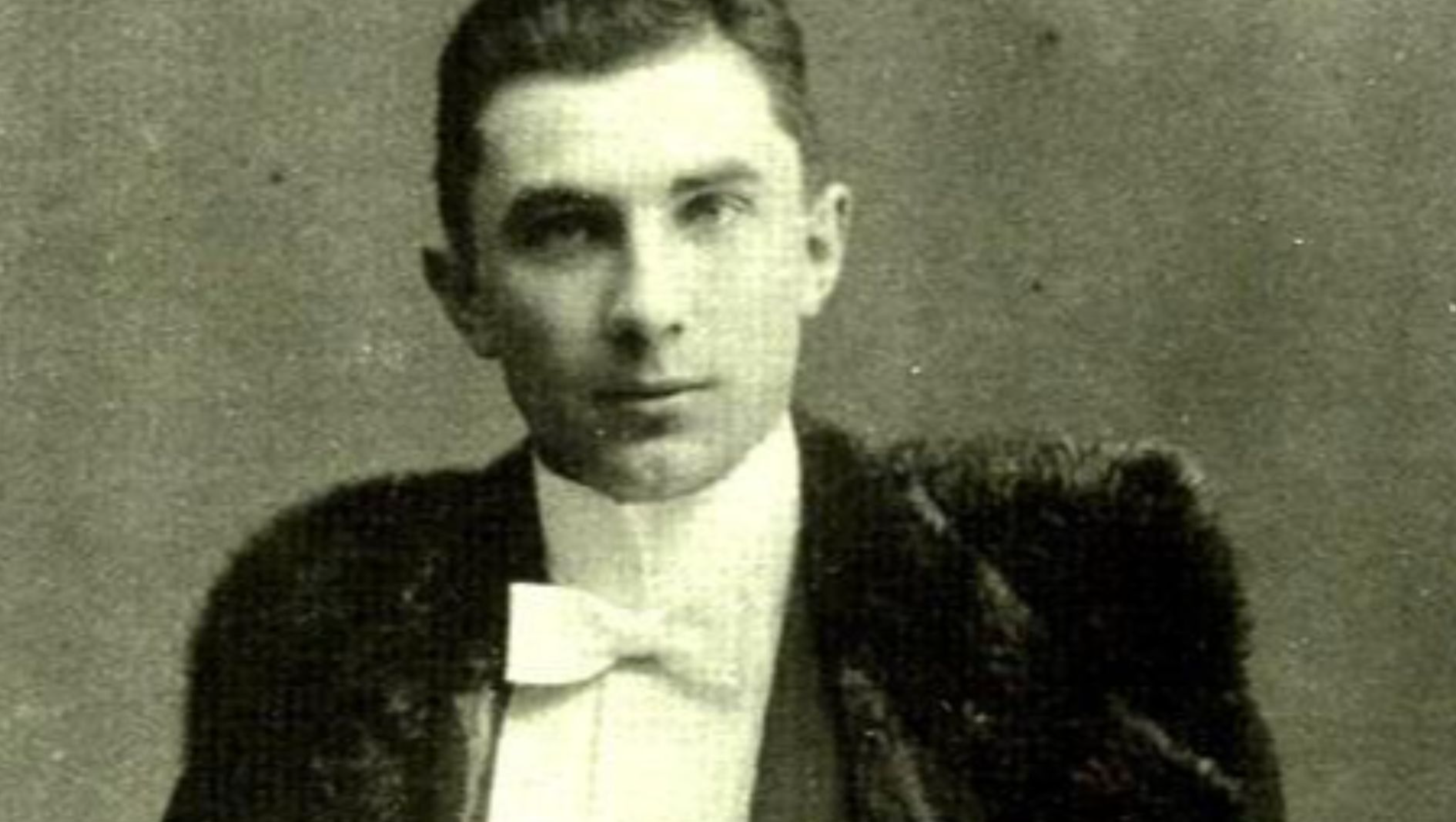 Unknown authorUnknown author, Wikimedia Commons
Unknown authorUnknown author, Wikimedia Commons
The Road To Broadway
Lugosi’s big break came in 1927 when he was cast as Count Dracula in the Broadway adaptation of Bram Stoker’s classic horror novel. His exotic accent and intense stare transfixed audiences with horror. Overnight, the Hungarian exile had become the face of terror on the American stage.
 Abbott and Costello Meet Frankenstein (1948), Universal Pictures
Abbott and Costello Meet Frankenstein (1948), Universal Pictures
Dracula And The Birth Of A Legend
When Universal Pictures adapted the Broadway version of Dracula for film in 1931, Lugosi was chosen, reluctantly at first, after Hollywood studio honchos had doubts about his appeal. His performance, both hypnotic and tragic, turned vampires into a cultural icon and made Bela Lugosi a household name.
 THE REAL DRACULA (Full Documentary) - Bela Lugosi, Janson Media
THE REAL DRACULA (Full Documentary) - Bela Lugosi, Janson Media
Fame And Alienation
Dracula had brought fame to Lugosi, but it also trapped him. Hollywood now saw him only as the foreign villain, the sinister outsider. The same accent that had once made him unique now barred him from ever being able to take on more diverse roles. His triumph carried the sting of rigid typecasting.
 Silver Screen Collection, Getty Images
Silver Screen Collection, Getty Images
A Man Between Worlds
Lugosi’s personal national identity remained divided: a Hungarian patriot who couldn’t return home; and an American star who never felt like he fully belonged. Friends said he lived between languages, his thoughts in Hungarian, his career in English a man constantly translating himself for others.
The Shadow Of War Returns
As Europe descended again into armed conflict in the 1930s, Lugosi watched helplessly from afar. Hungary’s horrors during WWII were a source of grief for him. He sent money to relatives and spoke against fascism, with stark memories of the violence that had driven him away.
The Survivor’s Resilience
Lugosi’s endurance was remarkable. From the trenches of Galicia in WWI to the theaters of Budapest and Broadway, he was forced to reinvent himself again and again. His story was less about horror than the survival of a resourceful man who refused to give up and let history or exile erase him.
 Screenshot from "Internet Archive" of the trailer for Dracula (1931), Wikimedia Commons
Screenshot from "Internet Archive" of the trailer for Dracula (1931), Wikimedia Commons
Haunted By The Role
Even at his peak, Lugosi struggled with being forever linked to Dracula. To fans, he was a monster; to himself, he was a dedicated artist trapped by his own success. The curse of typecasting mirrored the exile’s dilemma.
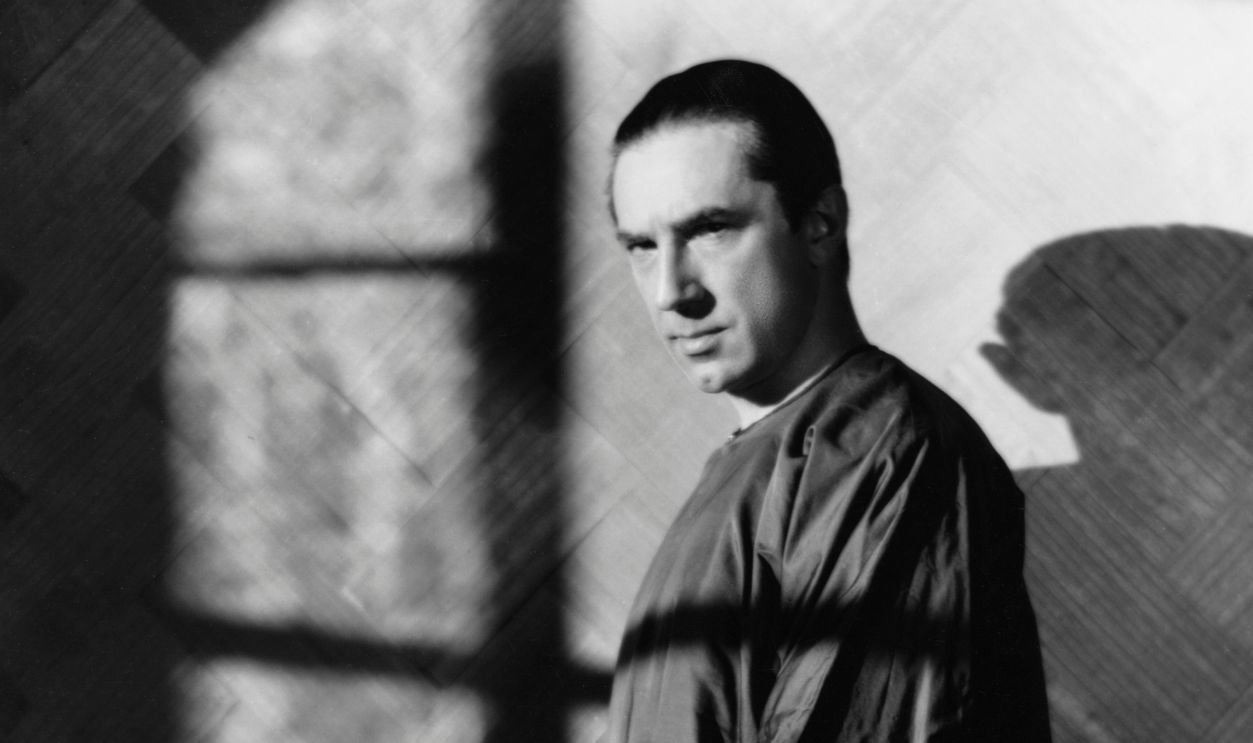 John Springer Collection, Getty Images
John Springer Collection, Getty Images
The Immigrant Dream And Its Price
Lugosi’s life embodied the immigrant paradox: to seize the future, he had to abandon his past. He achieved fame but never found any peace. His journey from Béla Blaskó of Lugos to Bela Lugosi of Hollywood was a triumph and a tragedy.
Legacy Of The Hungarian Exile
Today, Lugosi’s life is a symbol of persistence, a refugee turned legend. His performances melded Old World passion with New World ambition. Beneath the cape and thick accent was the heart of a man shaped by war, politics, and the eternal search for belonging.
 unknown (Screen Guild Prod.), Wikimedia Commons
unknown (Screen Guild Prod.), Wikimedia Commons
The Man Behind the Monster
Bela Lugosi lived many lives: actor, soldier, exile, star. His portrayal of Dracula terrified generations, and established the modern template of the vampire that has become familiar to generations ever since. Though the last part of Lugosi’s life brought him pain, disappointment, and decline, his achievements against all odds make him one of the all-time greats.
You May Also Like:
The Best Cult Horror Movies To Watch This Halloween

